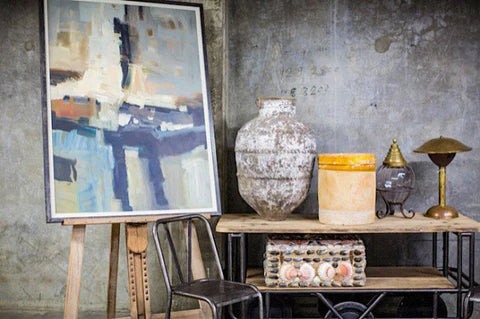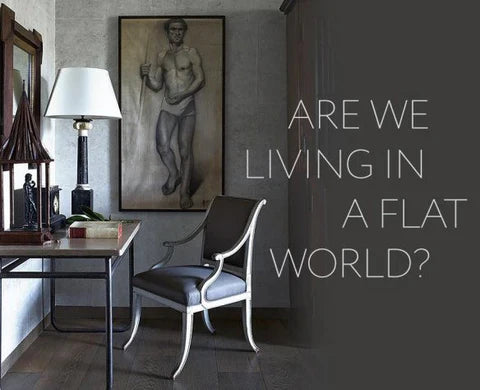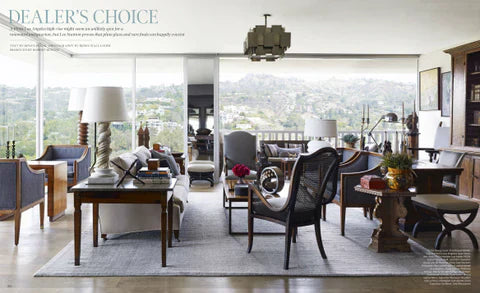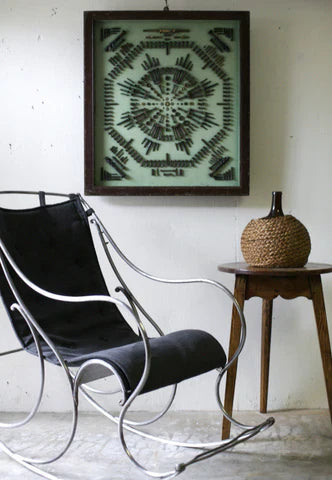The Journal
A glimpse into Lee's personal projects, passions, and perspectives.
Discover and shop pieces inspired by the latest influences in interior design.
A curated edit of highlights and intriguing finds from social media.

As we unpacked our container last week from a recent buying trip to France, Belgium and England, I couldn’t help think of it as a time capsule. This shipment contains items spanning three centuries...
Read moreFoley & Cox Top Picks BA100 – these sophisticated Bergere’s would add a refined, gentlemanly touch to the corner of a living room or library. The combination of cane, leather, and mahogan...
Read moreAlmost over, this buying trip has been anything but boring; I came across beautiful pieces ranging from 16th cent. tapestries to art deco sofas. I cannot wait to share what we have found. To draw f...
Read morePhoto: Elle Decoration April 2015 The Former editor of Elle Decoration South Africa lays down roots in an Art Deco loft with an infusion of antiquity. Find similar pieces at Lee Stanton Antique...
Read more
Image of the guest room from my home in Los Angeles. ELLE DECOR, March 2015. Flat screen TVs, computer monitors, laptops and smart phones have become a necessity in our lives today. We are inspir...
Read more
Photo: Bjorn Wallander I'm honored to have my Los Angeles home featured in the March issue of Elle Decor (now on news stands). As written, I wanted to utilize the high rise building's plate glas...
Read morePhoto: Elle Decoration UK March 2015 In the March issue of Elle Decoration UK, a Milanese interior designer shows off his Parisian apartment. Photo: Elle Decoration UK March 2015 England ...
Read more
I am always asked what defines an antique vs. a vintage piece. Both are somewhat fluid terms today. A purist would say an antique must be 100 years and that a vintage piece is anything less. How...
Read morePhoto: AD Espana Sept. 2014 In the September issue of AD Espana, an industrial loft in turned into a motorcycle enthusiast dream home. Italy circa 1900's map of Rome (LSC21) England circa 1970'...
Read more